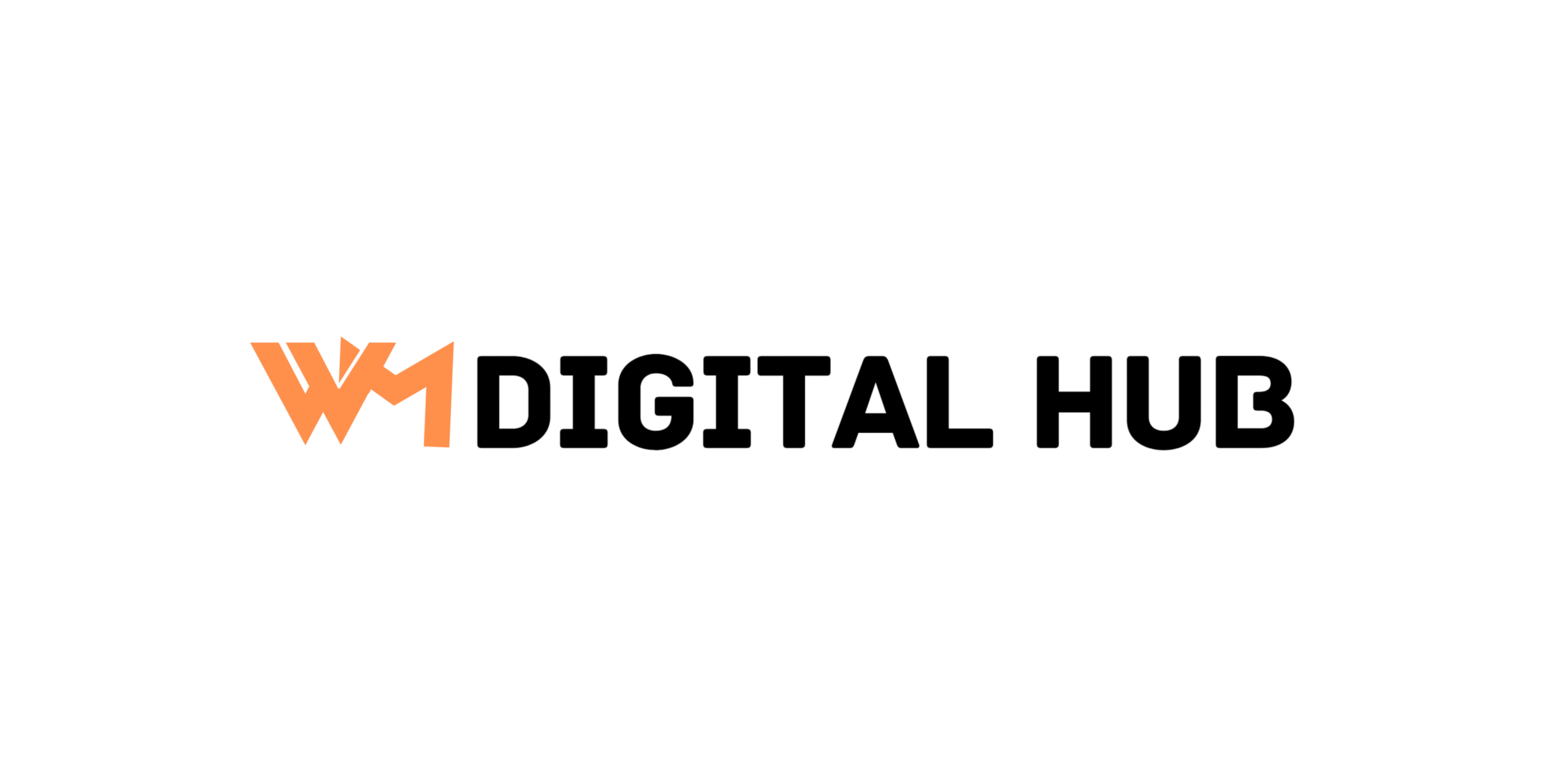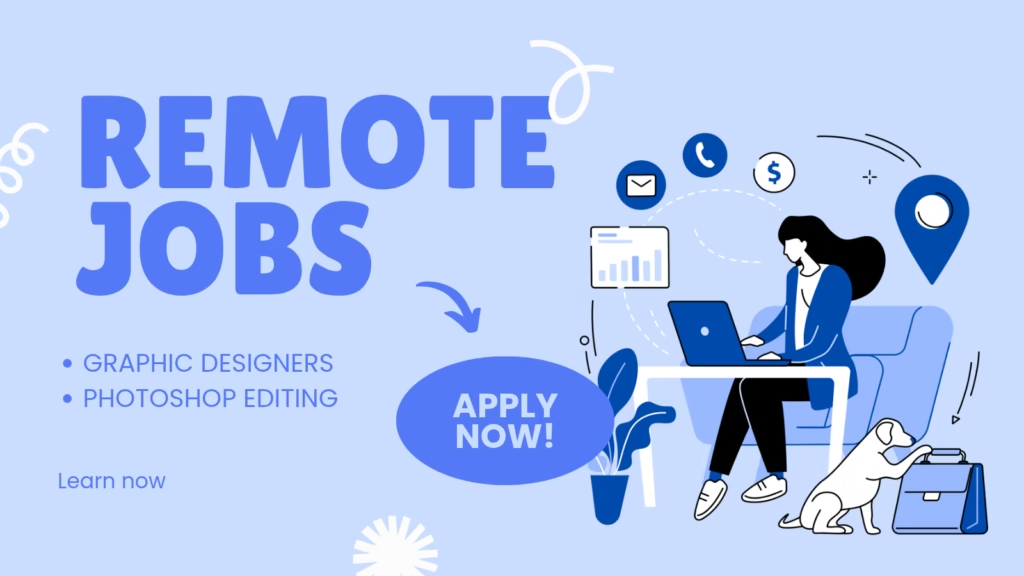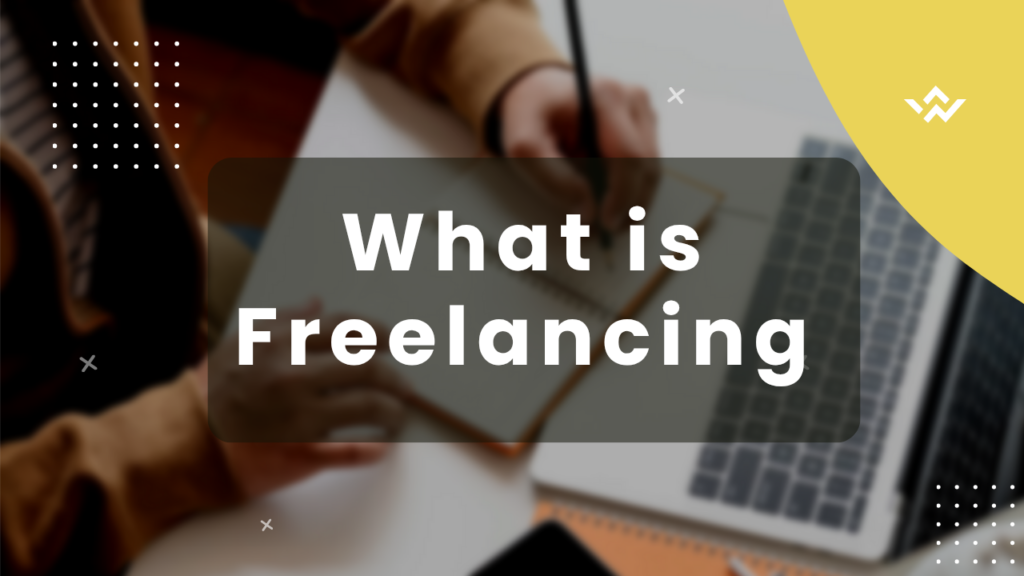Remote and freelance work, especially freelance remote jobs, has taken the professional world by storm, and it’s easy to see why. With the promise of greater flexibility, less time spent commuting, and access to global opportunities, more professionals are exploring the freedom of working from home—or anywhere they choose. This shift has been especially significant in creative fields like graphic design, which naturally lend themselves to remote collaboration.
For graphic designers, freelancing and freelance remote jobs offer the chance to work with clients around the globe, explore exciting projects, and build a career on their own terms. But navigating this space successfully requires understanding the landscape, knowing where to find legitimate opportunities, and having the tools needed to stand out in a competitive market.
In this guide, we’ll explore everything you need to know about finding legit and flexible freelance remote jobs for graphic designers. From top platforms to insider tips, we’ll equip you with the knowledge to take your career remote!
Understanding the Remote and Freelance Landscape for Graphic Designers
Benefits and Challenges of Remote and Freelance Work
Remote and freelance work comes with undeniable perks, but it’s important to understand the full picture before taking the leap. Here are the key benefits and challenges:
Benefits
Challenges
- Finding Clients: Breaking into the freelance world requires effort to build a steady client base.
- Income Fluctuations: Unlike a 9-to-5 job, freelancing may come with inconsistent earnings, especially in the beginning.
- Time Management: Juggling multiple projects requires strong organizational skills and the ability to meet deadlines.
- Isolation: Some remote workers miss the social interaction of a traditional office environment.
Trends in the Graphic Design Industry
The digital transformation has created a surge in demand for skilled graphic designers. Businesses rely on great design for branding, marketing, and digital experiences. Furthermore, remote collaboration tools like Figma and Canva have made it easier than ever for designers to work with clients and teams from anywhere.
Another trend? Niche specializations. Clients are increasingly looking for designers with expertise in areas such as UX/UI, motion graphics, or branding. Having a specialty can help you stand out in a crowded job market.
Legitimate Remote Job Opportunities for Graphic Designers
Platforms to Find Remote Jobs
Finding reliable and legitimate freelance opportunities is one of the biggest challenges for remote graphic designers. The right platform can make all the difference in connecting with quality clients, building a steady workflow, and establishing your career. Below, we’ve expanded on some of the best platforms for finding freelance remote jobs, outlining their unique features, benefits, and how to succeed on each one.
1. Fiverr
Fiverr is a beginner-friendly platform where designers list their services (called gigs) at a fixed starting price. Initially aimed at $5 services, Fiverr has grown into a marketplace for designers of all expertise levels.
Key Features:
- Control Over Offerings: You decide what services to include and how much to charge, making it a great platform for experimenting with pricing.
- Predefined Packages: Fiverr allows you to create tiered packages, offering clients different service levels to suit their budgets.
- Diverse Clientele: Clients range from startups needing basic designs to larger businesses looking for branding expertise.
Tips for Success on Fiverr:
- Optimize Your Gigs: Use specific keywords to make your services easy to find when clients search for graphic designers.
- Offer Competitive Pricing: While starting at lower rates can help you build your reputation, as demand for your services picks up, adjust your pricing to reflect your growing expertise.
- Focus on Customer Service: Prompt communication and delivering high-quality work can earn you positive reviews, essential for growing your presence.
2. Upwork
Upwork shines as one of the largest and most well-known freelancing platforms, offering thousands of opportunities for graphic designers every day.
Key Features:
- Wide Range of Projects: Whether you’re interested in logo design, social media graphics, or website creation, Upwork offers gigs in nearly every category of graphic design.
- Client Base: From small businesses to multinational corporations, clients on Upwork represent a broad spectrum of industries.
- Payment Protection: The platform’s escrow system ensures you get paid for your work, giving you financial peace of mind.
Tips for Success on Upwork:
- Perfect Your Profile: Highlight your skills and include samples of your best work in your portfolio. Clients often judge designers by their profile alone.
- Start Small: While you’re still building your reputation, apply for smaller projects to earn positive reviews. These reviews are crucial for unlocking better opportunities.
- Craft Custom Proposals: Each proposal should demonstrate that you clearly understand the client’s needs. Reference their specific project and explain how you can deliver results.
- Toptal
Known for its rigorous vetting process, Toptal is ideal for experienced freelancers who want to work on high-level projects with premium clients.
- Behance Jobs
Behance is more than just a portfolio platform—it also includes job postings tailored specifically for designers and creatives.
- Dribbble Jobs
If you specialize in design, Dribbble is another platform focused on connecting freelancers with reputable companies.
Each platform offers unique benefits and caters to graphic designers with different experience levels and goals. By leveraging these platforms strategically and tailoring your approach to fit their unique systems, you can secure a steady stream of high-quality freelance work. Whether you’re just starting your career or looking to move into premium opportunities, these platforms can connect you with your next big project
Flexible in Remote Graphic Design Work
One of the greatest aspects of freelancing as a graphic designer is flexibility. You have control over the type of projects you accept, the industries you work in, and the hours you keep. Here’s a closer look at the variety of opportunities available:
- Branding and Identity Design: Help companies craft their visual identity through logo design, brand guidelines, and packaging.
- Marketing Collateral: Design flyers, brochures, and digital ads to help businesses reach customers.
- UX/UI Design: Collaborate on website or app designs, ensuring a seamless user experience.
- Motion Graphics: Create engaging animations for ads, social media, or product demos.
- Custom Illustrations: Offer unique visuals for websites, books, or other creative projects.
With endless possibilities, freelancing allows you to curate a professional life that aligns with your passions.
How to Land a Remote Graphic Design Job
Build a Strong Portfolio
Your portfolio is your #1 tool for landing freelance graphic design work. Showcase diverse projects that highlight your range of skills and creativity. Tools like Adobe Portfolio or Behance can help you create an online portfolio that wows potential clients.
Personal Branding
Your brand matters. Create a memorable LinkedIn profile, establish a social media presence, and define your niche as a designer. Potential clients should know exactly what you bring to the table.
Network with Other Designers
Networking is a powerful way to unlock opportunities. Join design communities on platforms like LinkedIn, Discord, or Slack to connect with peers, gain insights, and get referrals.
Tailor Your Applications
When you apply for jobs, personalize each application. Clients want to know that you understand their needs, so take time to write a thoughtful cover letter and select work samples that are specifically relevant to the project.
Real-Life Examples of Successful Remote Graphic Designers
Meet Rachel, a UX/UI Designer
Rachel transitioned to freelance graphic design after years of office work. By honing her UX/UI skills and maintaining a solid portfolio, she now works remotely for major tech startups. Her advice? Find a niche and attend industry meetups to build connections.
Read Jason’s Story
Jason built his career on branding and identity design for small businesses. Starting on Fiverr, he gradually attracted high-paying clients through word-of-mouth referrals. His pro tip? “Don’t be afraid to overdeliver—it pays off in the long run!”
Remote Graphic Design Work is Waiting for You
There’s never been a better time to transition to remote, freelance graphic design work. With access to global clients, flexible projects, and varied opportunities, your career as a designer can reach new heights.
If you’re ready to take the leap, start by building your portfolio and exploring reputable platforms for remote work. Who knows? Your next great adventure might just be one click away.
Got a freelancing tip or looking to share your remote career goals? Drop your thoughts in the comments below—we’d love to hear from you!




